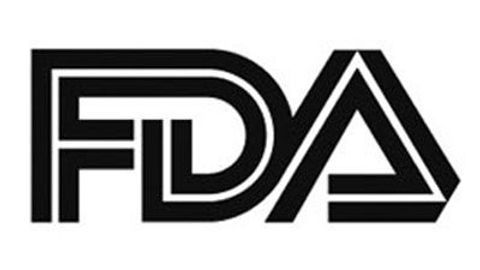FDA Pushes Zenocutuzumab Decision Date in NGR1+ NSCLC, PDAC
The FDA has extended its review of zenocutuzumab's in NRG1+ NSCLC and PDAC to February 2025, with efficacy and safety data from the eNRGy trial supporting the application.

- The Prescription Drug User Fee Act (PDUFA) for the biologics license application (BLA) seeking the approval of zenocutuzumab (MCLA-128) for patients with NRG1-positive (NRG1+) non–small cell lung cancer (NSCLC) and pancreatic cancer has been extended by the FDA.
- The BLA for zenocutuzumab was granted priority review in May 2024.
- The PDUFA target action date has been extended to February 4, 2025.
The FDA has extended the target action date under the PDUFA for the BLA seeking the approval of zenocutuzumab in the NRG1+ NSCLC and pancreatic cancer.1
In May 2024, the FDA granted priority review to the BLA for zenocutuzumab.2 However, additional review time was required to assess information provided in response to a request related to chemistry, manufacturing, and controls. No additional clinical data were requested, as announced by Merus NV, the developer of zenocutuzumab.
With the extension, the PDUFA target action date is now set for February 4, 2025.1
DNA helix enlarged model in bright colors and spots: © Radomir Jovanovic - stock.adobe.com

Findings from the phase 1/2 eNRGy trial (NCT02912949) support this BLA.3 The global, multicenter eNRGy trial enrolled patients aged 18 or older with locally advanced, unresectable, or metastatic solid tumors—such as NSCLC and pancreatic ductal adenocarcinoma (PDAC)—that harbor NRG1 fusions, who had been previously treated with or were ineligible for standard-of-care therapy. Patients were required to have an ECOG performance status of 0 to 2.
Eligible patients received 750 mg of intravenous zenocutuzumab every 2 weeks until disease progression, with tumor assessments every 8 weeks. The primary end point was investigator-assessed objective response rate (ORR) per RECIST 1.1 criteria, while secondary end points included duration of response (DOR), central-assessed ORR, and safety.
In the trial, the ORR among patients with NSCLC harboring NRG1 fusions (n = 79) was 37.2% (95% CI, 26.5%-48.9%) per investigator assessment by RECIST 1.1 criteria, and the clinical benefit rate (CBR) was 61.5% (95% CI, 49.8%-72.3%).4
Among those with NSCLC, the median time to response was 1.8 months (range, 1.5-13.0). In this group, the median DOR was 14.9 months (95% CI, 7.4-20.4), and at 6 and 12 months, the DOR rates were 81% (95% CI, 60%-92%) and 57% (95% CI, 34%-75%), respectively.
In the PDAC arm of the trial, which consisted of 33 patients, treatment with zenocutuzumab led to an investigator-assessed ORR of 42.4% (95% CI, 25.5%-60.8%) per RECIST 1.1 criteria.5 A complete response was achieved in 1 patient (3%). The remainder of responders had partial responses.
In this arm, the stable disease rate was 45%, and the CBR was 72.7% (95% CI, 54%-87%). For investigator-assessed DOR, the median was 9.1 months (95% CI, 5.5-12.0) per RECIST 1.1 criteria. The 6-month DOR rate was 71% (95% CI, 41%-88%).
Looking at the safety data for patients with NRG1+ solid tumors (n = 189) treated with zenocutuzumab at 750 mg once every 2 weeks, treatment-emergent adverse effects (TEAEs) were manageable, with no patients discontinuing therapy due to TEAEs. Additionally, there were no grade 5 treatment-related TEAEs reported.
Any-grade TEAEs of any cause occurred in 88% of patients, while grade 3 or 4 TEAEs were reported in 35%. Common TEAEs included diarrhea (28% any-grade; 2% grade 3/4), infusion-related reactions (28%; 2%), fatigue (12%; 0%), nausea (16%; 2%), vomiting (11%; 1%), anemia (15%; 4%), and constipation (13%; 0%). Other TEAEs included elevated alanine aminotransferase (10%; 3%) and aspartate aminotransferase (7%; 3%), as well as decreased appetite (8%; 1%), abdominal pain (11%; 2%), dyspnea (13%; 3%), increased gamma-glutamyl transferase (6%; 3%), decreased platelet count (2%; 1%), hyperuricemia (2%; 1%), bacteremia (1%; 1%), and hypertransaminasemia (1%; 1%).